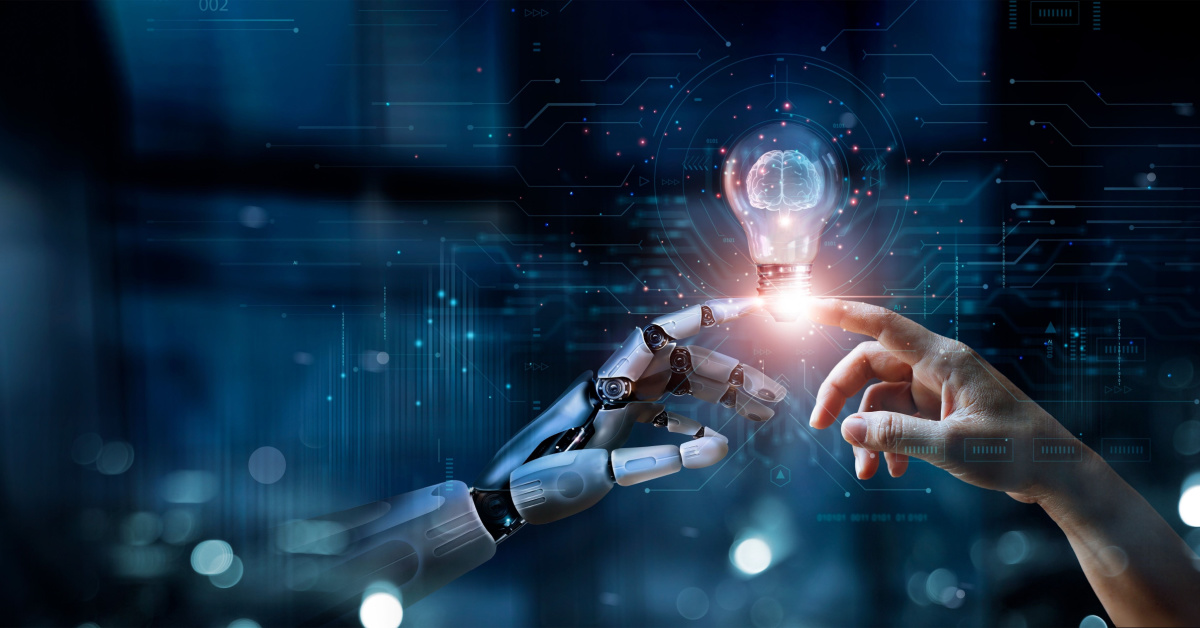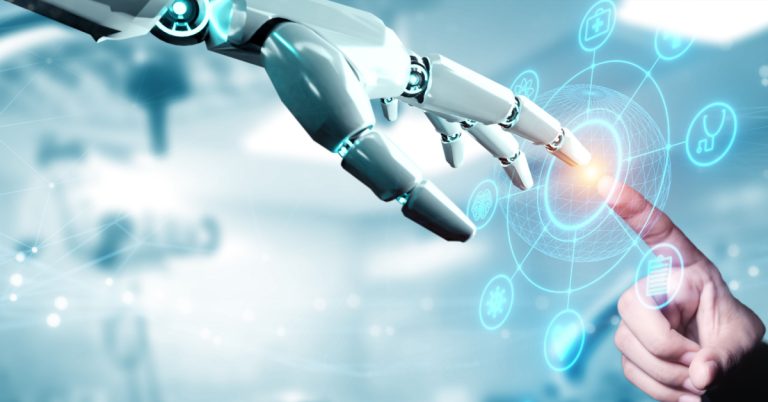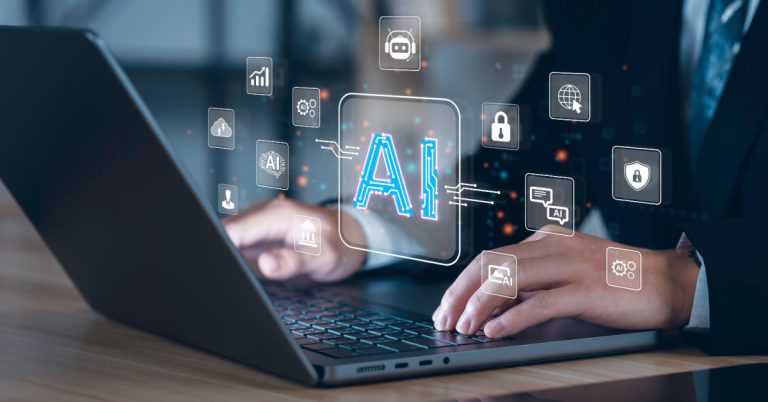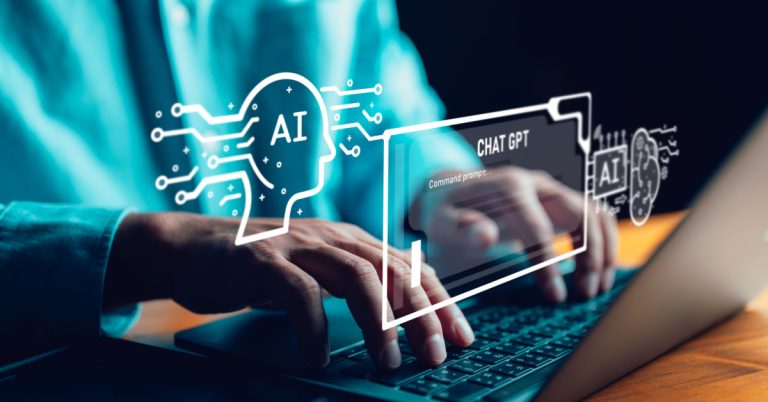AI in Art and Creativity: The Rise of Machine-Generated Content
Artificial Intelligence (AI) has emerged as a groundbreaking force in the creative world, reshaping the landscape of art and content generation. From AI-generated paintings to digital music compositions, the fusion of technology and creativity is opening new frontiers in the arts. This blog post explores how AI is influencing art and creativity and what this means for the future of artistic expression.
The Emergence of AI in the Creative Sphere
AI’s foray into the arts isn’t just a technological novelty; it’s a paradigm shift. Machine learning algorithms are now capable of analyzing vast datasets of artistic works, learning patterns and styles, and creating new pieces that are often indistinguishable from human-generated content.
AI-Generated Visual Art
One of the most striking examples is in visual art. AI systems like Generative Adversarial Networks (GANs) can create stunning pieces of artwork. These AI-created artworks challenge our traditional notions of creativity, blurring the lines between human-made and machine-generated art.
Digital Music and AI
In music, AI algorithms are composing pieces that resonate with human emotions. From symphonies to pop songs, AI’s ability to analyze music theory and past compositions has led to the creation of new music, sometimes in collaboration with human musicians.
AI in Literature and Writing
AI is also making its mark in literature and writing. Beyond simple text generation, AI systems are now capable of crafting narratives and poetry, pushing the boundaries of storytelling.
The Implications of AI-Generated Content
Redefining Creativity
The rise of AI in art raises profound questions about the nature of creativity. Is a piece still ‘art’ if it’s created by an algorithm? This debate is opening new discussions about what it means to be creative.
Collaboration Between Humans and AI
Instead of viewing AI as a replacement for human creativity, many artists and creators see it as a collaborator. AI can augment human creativity, providing new tools and perspectives for artistic expression.
Democratization of Art
AI has the potential to democratize art creation, making it more accessible. With AI tools, people without formal training in art or music can create beautiful works, lowering the barriers to entry for artistic expression.
Ethical and Copyright Considerations
As AI-generated content becomes more prevalent, it raises ethical and copyright issues. Determining the ownership of AI-created art and addressing the ethical implications of machine-generated content are challenges that need to be tackled.
The Future of AI in Art and Creativity
Looking ahead, AI’s role in art and creativity is poised to grow. As AI technology continues to evolve, we can expect more sophisticated and nuanced works of art. This evolution will likely continue to challenge our perceptions of creativity and artistic expression.
The integration of AI in art and creativity isn’t just about technology. It’s a reflection of our evolving relationship with machines and a glimpse into the future of human and AI collaboration in creative fields.
Conclusion
The rise of machine-generated content marks a fascinating new chapter in the history of art and creativity. AI’s influence in the creative world challenges us to rethink our definitions of art and the creative process. As we navigate this new era, the collaboration between human ingenuity and artificial intelligence promises to unlock unprecedented creative possibilities, reshaping the landscape of art and content generation in profound ways.





